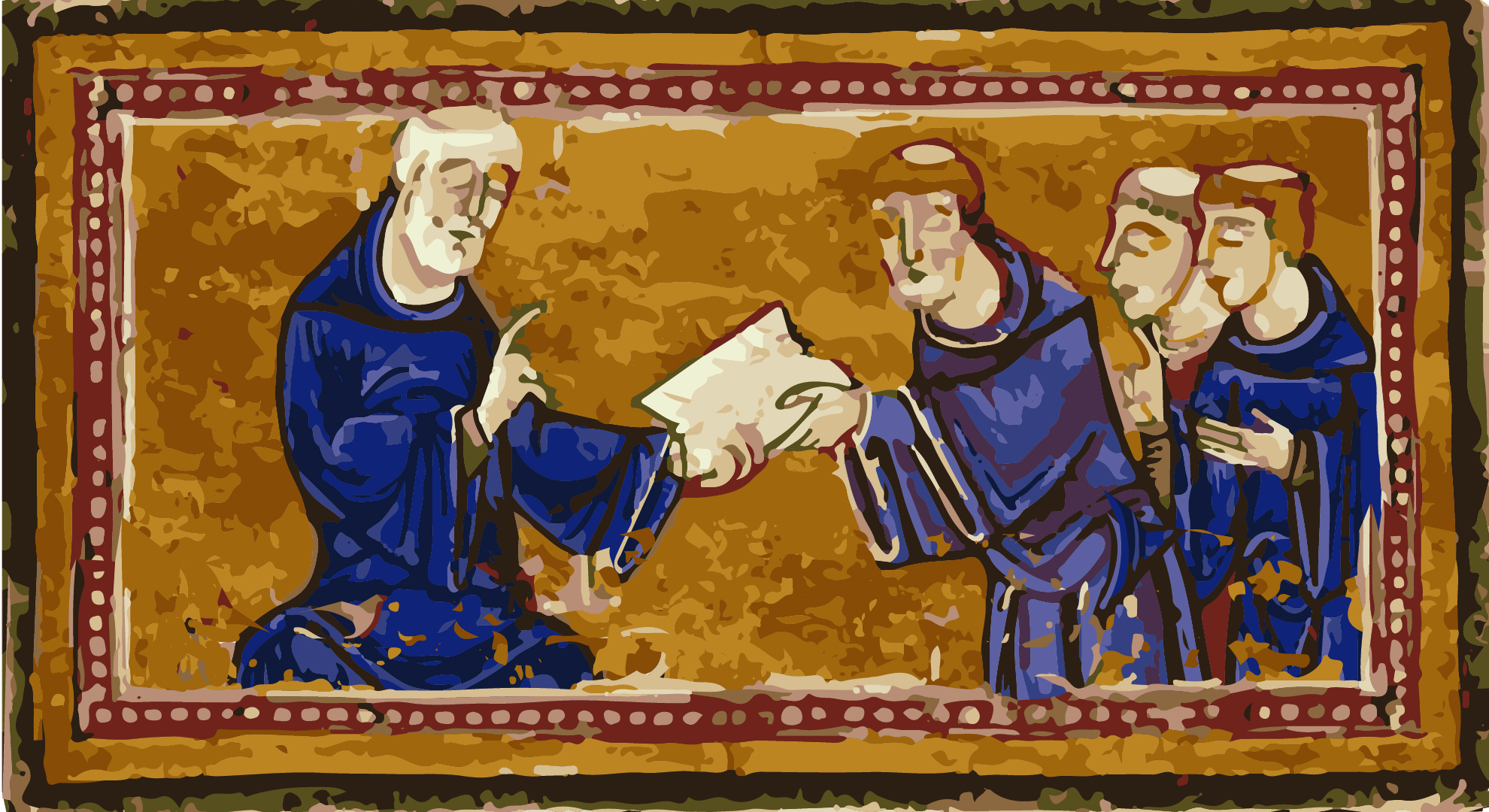In my study of the history of Christian mission, one area that fascinates me is the identity of missionaries. Unlike the modern period where missionary is an accepted vocational category, the vast majority of missionaries in the early and medieval church had hyphenated existences. They were philosophers, teachers, and bishops who also engaged in cross-cultural mission. Modern readers, especially evangelical Protestants, might be surprised to learn that the key global missionaries between AD 400–1600 were monks.
Basil of Caesarea and Augustine of Hippo
Images of spiritual men and women living isolated lives of prayer and dwelling behind the walls of a monastery might fill our minds when we think of monks. Indeed, monasticism is based on three pillars—prayer, studying Scripture, and work. Monks typically engaged in some type of manual labor like farming. However, over time, some monks made cross-cultural mission—traveling to proclaim the gospel to nonbelievers—part of their monastic labor. Driven by the biblical value of loving God and loving neighbor, monks like Basil of Caesarea (AD 329–379) and Augustine of Hippo (AD 354–430) established monasteries in the middle of a city to minister to everyday people and welcome guests to meals in the monastery.
“Monks were ideally suited for cross-cultural mission work.”
Patrick of Ireland
Missionary monks proved to be innovative in their approach to mission. Patrick of Ireland (d. 461) began his ministry in Ireland by first making contact with tribal leaders and monarchs, proclaiming Christ to them, and gaining favor to minister to their people. In his disciple making, Patrick emphasized Bible study and spiritual disciplines. He planted churches and established new monasteries in order to facilitate spiritual growth. From these monasteries, a Celtic missionary movement emerged that was instrumental in evangelizing much of Europe in the centuries that followed.
Augustine of Canterbury
Around AD 596, Bishop Gregory of Rome (d. 604) sent Augustine of Canterbury (d. 604) and a group of about forty monks on a mission to evangelize the English—the first cross-cultural mission ever initiated by a Roman bishop. After making favorable contact with the English King Ethelbert, the monks saw over ten thousand of the English baptized in their first year of ministry. Instead of demolishing the pagan temples, under Gregory’s guidance, they chose to repurpose the buildings. They cleansed them of pagan idols and then transformed them into spaces for Christian worship. Similarly, they helped the English repurpose a festival in which they sacrificed cattle to pagan gods into a thanksgiving feast to the God of the Christian Scriptures.
“The combination of community and spiritual formation enabled missionary monks to remain resilient amid the hardship of cross-cultural mission.”
Cyril and Methodius
Finally, the Greek brothers Cyril (ca. AD 826–869) and Methodius (AD 815–885) broke new ground in their mission work among the Slavs when they developed a Slavic alphabet and translated the Scriptures and some liturgical manuals. While the brothers were by no means the first Bible translators in church history, they carried out their work in a time when the church exalted Latin and Greek as the only acceptable languages for worship. So their mission work was most opposed by other church leaders. As a result, their translation work led to an indigenous Slavic Christianity, especially for Bulgaria and later Russia, as well as a means for the Slavs to cultivate their own culture through writing, poetry, and song.
Monks on Mission
In many ways, monks were ideally suited for cross-cultural mission work. Because of their commitment to fasting, poverty, simplicity, and austere living, monks embraced a form of voluntary suffering. When they faced hardship or ministered to the poor and fearful, they did so with the courage and fortitude forged in their ascetic calling.
Missionary monks also pursued their callings and ministries in community. They enjoyed spiritual friendship, support, and accountability from other monks. Within this community, they were trained in the Scriptures and prayer. They benefited from great training in spiritual formation.
This combination of community and spiritual formation enabled missionary monks to remain resilient amid the hardship of cross-cultural mission. These are valuable qualities and lessons that missionaries today could also imitate.
Edward Smither is a professor and dean of intercultural studies at Columbia International University. He spent fourteen years in intercultural ministry in North Africa, France, and the US. His previous books include Missionary Monks, Mission in the Early Church, and Augustine as Mentor. His latest book is Christian Mission: A Concise, Global History.


